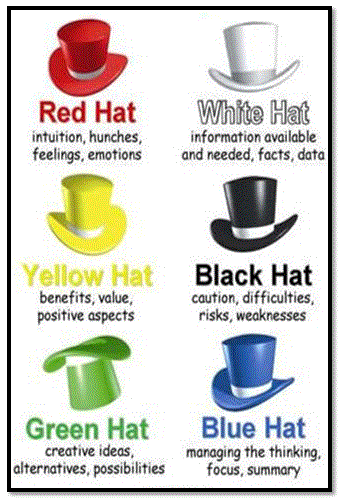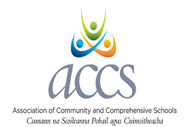Assessment
Effective questioning strategies:
Building on the effective implementation of our literacy and numeracy strategies, in 2014 we began to focus on the area of assessment, and specifically on the promotion of effective questioning, which is an element of Assessment for Learning (AFL). Since then, these effective questioning strategies continue to be embed in the learning that occurs in JTBCS. Our aim is to improve student engagement in the learning process and to encourage the development of self-directed learners who will be equipped with skills that will be transferrable to life outside of school.
5Ws and one H:
The first strategy we implemented was the 5W’s and 1H strategy. This is a simple yet highly effective tool for developing and deepening student thinking. Teachers use it to establish prior knowledge of a topic (fig1.0) or for peer learning and assessment (f1.1).

Fig 1.2
Students can use the strategy for a variety of purposes, such as to generate questions before a topic (fig 1.2), to develop depth in responses and to organise their thinking when answering questions (fig 1.3.) or for summarising information at the end of a topic (fig.1.4). There are a variety of templates that can be adapted to suit different groups and activities (fig. 1.5 & fig 1.6).
Blooms Taxonomy
We also introduced a Revised Blooms Taxonomy (fig. 1.7) that was designed and created by one of our students. This strategy raises awareness within our students that both the learning intentions for each lesson and questions are based upon this model, with the aspiration of continually moving up the levels of Blooms taxonomy. It encourages both students and teachers to progress from lower order questions to more in-depth high order questions. Currently this can be seen in all student and teacher journals and in many classrooms around the school.
Fig 1.7
De Bono’s Thinking Hats
A third strategy is De Bono’s Thinking Hats (fig.1.8). This strategy enables students to approach a problem or issue from many differing perspectives. It probes the students to consider a topic from a broader perspective and from differing viewpoints to their own, thereby offering them additional insights into the topic of discussion. We use lollipops and the ‘six thinking hats’ when implementing this strategy.

Fig 1.8
Our focus on effective questioning continues to impact both teachers and students in JTBCS. Teachers and students are more aware of questioning and of its critical role and function in the learning process. Teachers are equipped with a number of effective questioning strategies, which are efficient to use and have proven to have educational value. Teachers are more aware of their questioning and of the ability to gain additional depth in learning outcomes through higher cognitive questioning. Students have a greater understanding of their role as self-directed learners in the learning process. These strategies encourage students to generate their own questions, strengthen their questioning capabilities, foster more persistent thinking by taking time to think, reflect, probe and develop well thought out responses. The specific strategies provide a concrete framework which enable students to formulate and organise deeper and more detailed responses, therefore enhancing the student experience and eliciting more independent confident learners.









